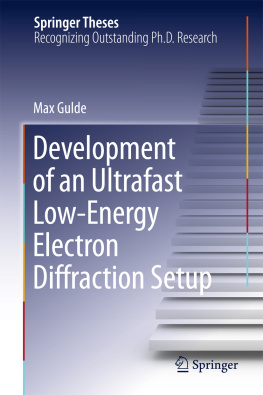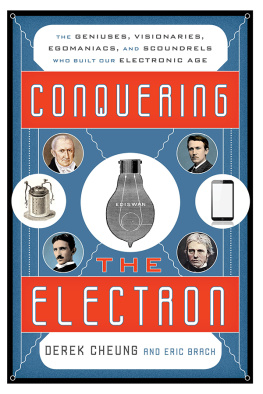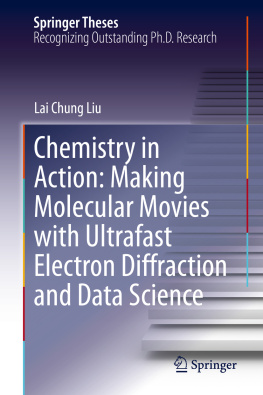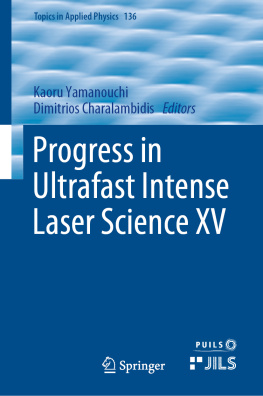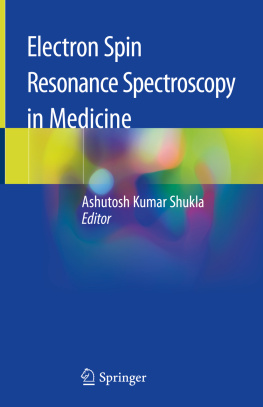1. Introduction
The outermost atomic layers in a solid are generally referred to as its surface. Whenever a physical or chemical interaction occurs between two objects, the result of this interaction is subject to the individual properties of the surfaces in contact with each other. Interestingly, even though the surface is in principle made up from the same constituents as the materials volume (its bulk ), it often exhibits drastically different behavior in terms of its structural or electronic properties [].
The study of surfaces and their physical and chemical properties constitutes surface science. One of its main objectives is to relate the microscopic structure of a given surface to the materials macroscopic properties. Although optical, electrical, magnetic and chemical investigations have been performed systematically for a long time, quantitative results on an atomistic level became only available with relatively recent technological advances [].
For structural surface analysis, LEED has an outstanding role. In particular, it combines extremely high surface sensitivity (under certain conditions down to a fraction of a monolayer) with the possibility of atomic structure determination, a direct and fast interpretation of symmetry information, and a robust (but involved) theoretical background, all in an overall low-cost approach. Additionally, Auger spectroscopy can be straight-forwardly implemented within a LEED setup to retrieve chemical information about the surface []. These properties make LEED one of the most prominent structural surface techniques of today.
Paralleling the technological developments, new methods in surface science have quickly emerged, which are yet again motivating new applications. These applications include corrosion and wear protection by means of self-assembling monolayers [], making surface-sensitive studies increasingly important in view of current scientific and technological advances. Generally speaking, surface science has become a major field of material science.
In the context of the wealth of observed surface structures, reflected for example in the existence of phases and phase transitions limited to two-dimensional systems [].
In stark contrast to the richness of explorable systems, time-resolved methods to actually follow structural changes during physical and chemical processes at surfaces are sparse. On the other hand, ultrafast time resolution], time-resolved atomic structural information of surfaces is challenging to obtain.
So far, for the investigation of a surfaces atomic structure, mainly x-ray or electron-based techniques are employed. While x-rays offer supreme temporal resolution combined with high monochromaticity,].
Depending on the probe, high surface sensitivity can be in principle achieved by using either large angles of incidence, as in XRD and reflection high-energy electron diffraction (RHEED) [].
Only recently, the availability of table-top ultrafast laser sources in combination with nano-engineered photocathodes has opened up a new gateway to potentially develop low-energy electron sources capable of ultrafast probing [].
In the experimental work presented in this thesis, an ultrafast LEED (ULEED) setup in transmission is developed, featuring a temporal resolution of few picoseconds at low electron energies. Particularly, this setup represents the first application of a tip-based emitter in a diffraction experiment. To demonstrate the feasibility of the approach, free-standing graphene is chosen as a prototype material, offering a well-defined atomic structure in combination with high mechanical and thermal stability [ superstructure, adsorbed on the graphene substrate and excited to a highly out-of-equilibrium state, is investigated. The characteristic time scales of the superstructure evolution are subsequently identified and a physical picture is derived from the observations.
This novel tool in time-resolved material science carries the potential to allow for the investigation of atomic scale structural dynamics at surfaces and thin films with ultrahigh temporal precision.
1.1 Outline
The organization of this thesis is as follows: In Chap..
The main body of the thesis is divided into two parts. The first deals with the development of a new electron source for time resolved surface studies and its subsequent theoretical and experimental characterization (Chaps. ).
More specifically, Chap. gives a brief overview of the current state of the art in ultrafast surface science. Subsequently, the feasibility of nonlinearly driven nanometric electron sources in terms of an application in an ultrafast LEED setup is investigated. The characterizing source properties, such as coherence, brightness and temporal resolution, are calculated theoretically.
In the subsequent Chap. , a finite element method (FEM) is employed to further investigate the performance of an electron gun based on nanoscale photoemission. Particularly, the optimal electron source parameters are determined for highest brightness and temporal resolution.
Chapter is the experimental analogue to its predecessor, investigating the properties of a prototype electron source within a setup for low-energy electron diffraction. The theoretically and experimentally found quantities are compared and discussed. The chapter closes with an outlook on potential developments of the tip-based source to further increase its temporal and spatial resolution.
The application of the setup to resolve the structural evolution of a sample system is described in Chap.. Specifically, the relaxation dynamics of a polymer superstructure adsorbed on graphene, are investigated. The governing time scales of different processes are determined and a physical picture based on the observations is provided.
In the last chapter, a brief summary of the major aspects of the thesis is given. In particular, Chap. concludes with an outlook on the ongoing molecular dynamics simulations, prospective systems to study in the future, as well as the further development in terms of ULEED.
There are two suggested pathways of reading. Whereas the student or scientist new to the field of time-resolved material science may just follow the thesis in the given order, a reader with a background in (electron) diffraction is suggested to skip Chap. , which are introducing the concepts of brightness, emittance and coherence, can be equally omitted. The relevant observation in terms of electron source performance are repeated at the end of the chapter. For the remaining thesis, the given order can be followed.
References
Lth H (2001) Solid surfaces, interfaces and thin films, 4th edn. Springer, New York
Henzler M, Gpel W (1994) Oberflchenphysik des Festkrpers, 2nd edn. B. G. Teubner
Prutton M (1994) Introduction to surface physics, 1st edn. Oxford University Press, Oxford
Oura K, Lifshits VG, Saranin A, Zotov AV, Katayama M (2003) Surface science: an introdcution, 1st edn. Springer, Berlin
Tong SY (1994) Electron-diffraction for surface studiesthe first 30 years. Surf Sci 299300(93): 358374. http://www.sciencedirect.com/science/article/pii/003960289490667X
Bracco G, Holst B (2013) Surface science techniques, 23rd edn. Springer, New York
Binnig G, Quate CF, Gerber C (1986) Atomic force microscope. Phys Rev Lett 56(9):930933. http://prl.aps.org/abstract/PRL/v56/i9/p930_1

